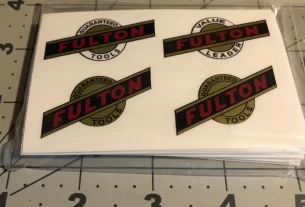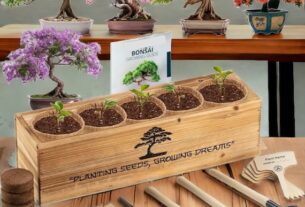As an equestrian, you understand the importance of proper saddle fitting. The right saddle ensures that both you and your horse are comfortable and safe during rides. However, finding the perfect fit can be a daunting task, especially if you don’t have the right equipment. That’s where a saddle fitting tool comes in.
In this article, we’ll explore everything you need to know about saddle fitting tools, including their benefits, types, and how to use them. Whether you’re a beginner or an experienced rider, this guide will help you choose the best saddle fitting tool for your needs.
Why Use a Saddle Fitting Tool?
Before we dive into the specifics of saddle fitting tools, let’s first discuss why they’re essential. A properly fitted saddle helps prevent discomfort and injury to both you and your horse. Riding with an ill-fitted saddle can cause pain, tension, and even long-term damage to your horse’s back muscles. It can also affect your riding posture and balance.
A saddle fitting tool can help you accurately measure your horse’s back shape and size. This information is crucial in selecting the right saddle for your horse. Additionally, using a saddle fitting tool ensures that the weight distribution on the horse’s back is even. This helps prevent pressure points that can cause pain or discomfort.
Types of Saddle Fitting Tools
There are various types of saddle fitting tools available in the market today. Each tool serves a particular purpose and is designed to provide accurate measurements for different types of saddles.
1. FlexiCurve
The FlexiCurve is a flexible measuring tool that helps determine the curvature of your horse’s back. Its design allows it to conform to your horse’s back shape easily. It’s ideal for measuring horses with high withers or those with uneven backs.
To use a FlexiCurve, place it on your horse’s back along the spine and gently press down. The tool will conform to the shape of your horse’s back, giving you an accurate measurement.
2. Saddle Gauge
The saddle gauge is a tool that helps measure the width of your horse’s withers. It comes in different sizes to accommodate various horse breeds. The saddle gauge is ideal for measuring horses with high withers or those that are difficult to fit.
To use a saddle gauge, place it over your horse’s withers and adjust the arms until they rest against your horse’s body. Note the measurement and use it as a reference when selecting a saddle.
3. Wither Tracing Kit
The wither tracing kit is a tool that helps determine the shape of your horse’s withers. It consists of a flexible curve and tracing paper. To use the kit, place the tracing paper over your horse’s withers and press down gently. Then, trace the outline of your horse’s withers using the flexible curve.
The wither tracing kit provides an accurate template of your horse’s withers, which you can use when selecting a saddle.
4. Back Mapper
The back mapper is a tool that helps measure the length and curvature of your horse’s back. It comes in different sizes to accommodate various horse breeds. The back mapper is ideal for measuring horses with straight or sway backs.
To use a back mapper, place it on your horse’s back along the spine and adjust the ends until they rest against your horse’s body. Note the measurement and use it as a reference when selecting a saddle.
Using Your Saddle Fitting Tool
Now that you know about the different types of saddle fitting tools let’s discuss how to use them effectively.
1. Know Your Horse’s Anatomy
Before using any saddle fitting tool, familiarize yourself with your horse’s anatomy. Understanding where their withers are located, how their spine curves, and their back’s length will help you use your tool correctly.
2. Measure Your Horse Regularly
Horses’ body shapes change over time due to age, fitness levels, and health issues. Therefore, it’s essential to measure your horse regularly to ensure that their saddle fits correctly.
3. Use the Tool Correctly
Each saddle fitting tool comes with specific instructions on how to use it effectively. Follow these instructions carefully to get the most accurate measurements.
4. Consult a Professional
While saddle fitting tools are helpful, they’re not a substitute for professional advice. If you’re unsure about which saddle to choose or how to use your tool correctly, consult a professional saddle fitter.
Conclusion
A well-fitted saddle is crucial for both you and your horse’s comfort and safety during rides. Saddle fitting tools can help ensure that you choose the right saddle for your horse’s unique body shape and size.
Whether you prefer the FlexiCurve, saddle gauge, wither tracing kit, or back mapper, make sure you use it correctly and regularly. Remember that while saddle fitting tools are useful, they’re not a substitute for professional advice.
By using a saddle fitting tool, you’ll be able to enjoy rides with your horse comfortably and safely for years to come.
References:
1. https://www.horse.com/content/saddle-fitting.html
2. https://www.equisearch.com/articles/saddle-fitting-tools-25487
3. https://equitrend.com/saddle-fitting-tools/
4. https://en.wikipedia.org/wiki/Saddle_fitting




